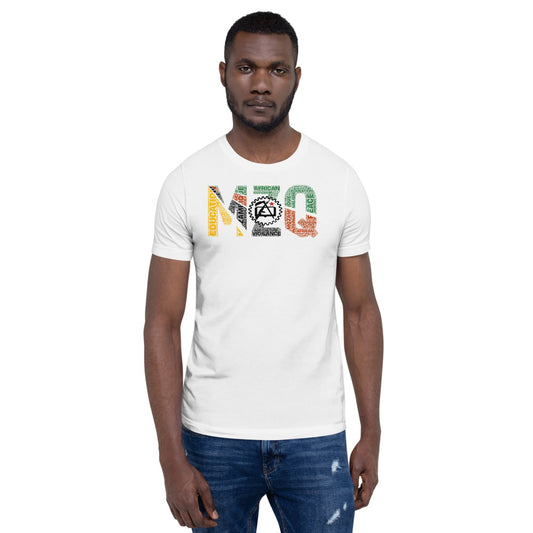Introduction:
In the realm of text analysis and linguistic research, word clusters hold a significant place. A word cluster refers to a group of words that appear closely together in a text, displaying a pattern or association. These clusters provide valuable insights into various aspects of language, including semantic relationships, syntactic structures, and even cultural connotations. In this essay, we will delve into the fascinating world of word clusters and explore why they are truly remarkable in textography patterns.
Understanding Word Clusters:
Word clusters can be identified through various methods, such as computational linguistics or manual analysis. Computational techniques involve algorithms that analyze large corpora of text, searching for patterns among words based on their co-occurrence. Manual analysis, on the other hand, relies on human experts to identify and interpret clusters in a text. Regardless of the method used, word clusters provide researchers with a deeper understanding of language usage.
Semantic Associations:
One of the most amazing aspects of word clusters is their ability to reveal semantic associations between words. By observing the co-occurrence patterns of words, linguists can identify the relationships between different concepts. For example, in a corpus containing texts about dogs, word clusters might include words like "puppy," "leash," and "breed." These associations help us understand not only the language around dogs but also the underlying concepts and ideas associated with them.
Syntactic Structures:
In addition to semantic associations, word clusters can shed light on syntactic structures within a text. By analyzing the patterns of word clusters, linguists can discern common grammatical structures and the relationships between different parts of speech. For instance, in a corpus of scientific articles, word clusters might reveal the frequent co-occurrence of terms like "experiment," "results," and "methodology," indicating the standard structure of scientific research papers.
Cultural Connotations:
Another intriguing aspect of word clusters is their potential to uncover cultural connotations associated with specific words or phrases. By studying the clusters that emerge from a particular domain or culture, researchers can gain insights into the values, beliefs, and social constructs prevalent in that context. This can be especially valuable for cross-cultural communication, as understanding the cultural connotations of words can help bridge linguistic and cultural gaps.
Application in Textography Patterns:
Textography refers to the analysis and visualization of patterns and structures in texts. Word clusters play a crucial role in this field by providing the foundation for deciphering these patterns. By identifying clusters within a text, researchers can develop visual representations that highlight the relationships and significance of words. These visualizations enable us to perceive the underlying structure and meaning of a text in a more intuitive and comprehensive way.
The significance of word clusters in textography patterns can be further emphasized by their application in various fields. In fields such as literature, marketing, and psychology, textography patterns derived from word clusters can unearth hidden themes, tone, and emotional undertones. In machine learning and natural language processing, word clusters are used to improve algorithms for sentiment analysis, information retrieval, and language modeling.
Conclusion:
Word clusters are truly amazing in a textography pattern due to their ability to reveal semantic associations, syntactic structures, and cultural connotations within a text. By examining the co-occurrence patterns of words, linguists and researchers can gain deeper insights into language usage, thus enhancing our understanding of human communication. Furthermore, the application of word clusters in textography patterns has far-reaching implications across various domains, making it an invaluable tool for both researchers and practitioners. As we continue to explore and harness the power of word clusters, we open up new avenues for understanding and leveraging language for the betterment of society.
This message has been generated by Nova - download it for free:
https://novaappai.page.link/VBsSSgNH75KPMEBFA




